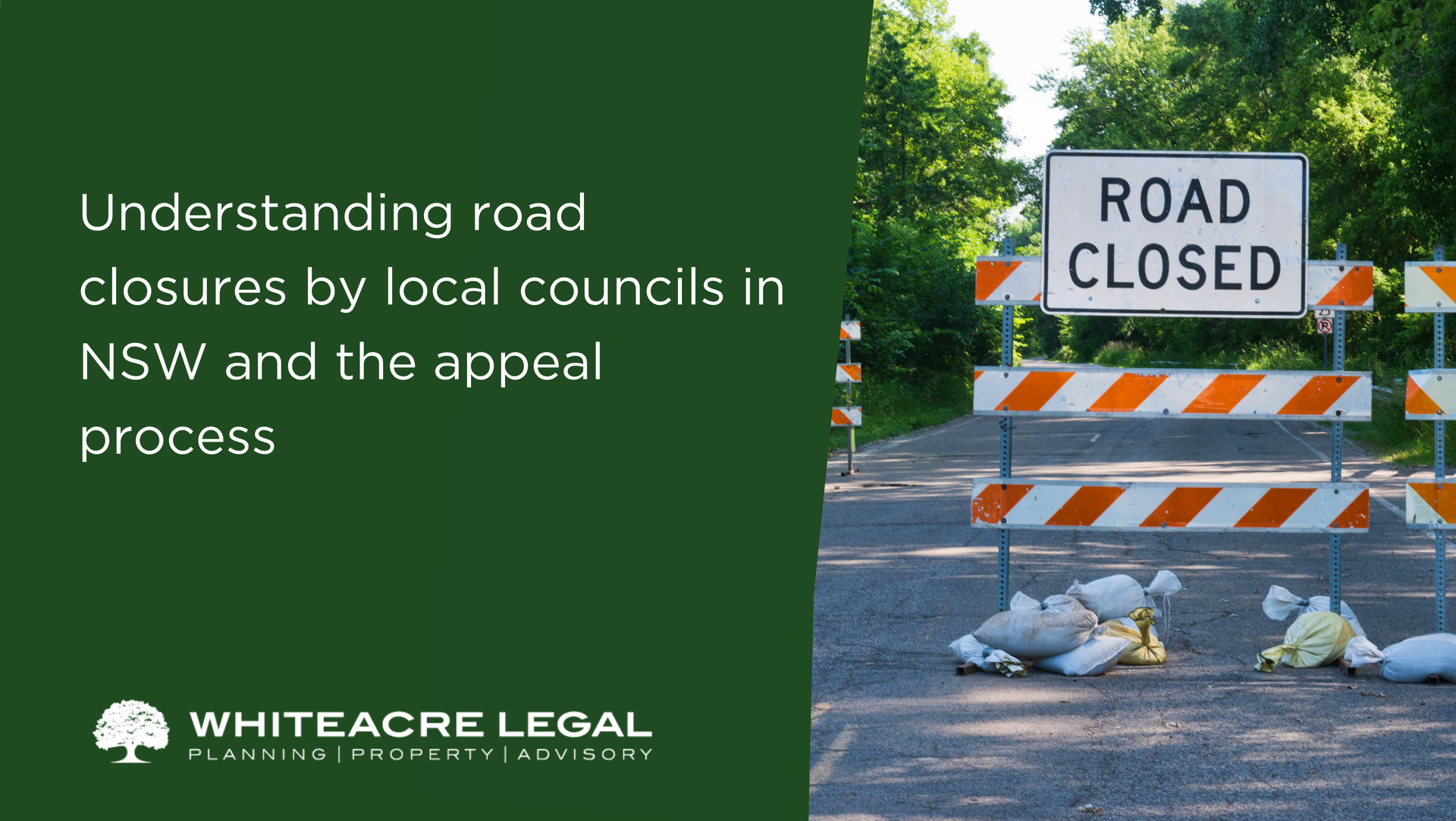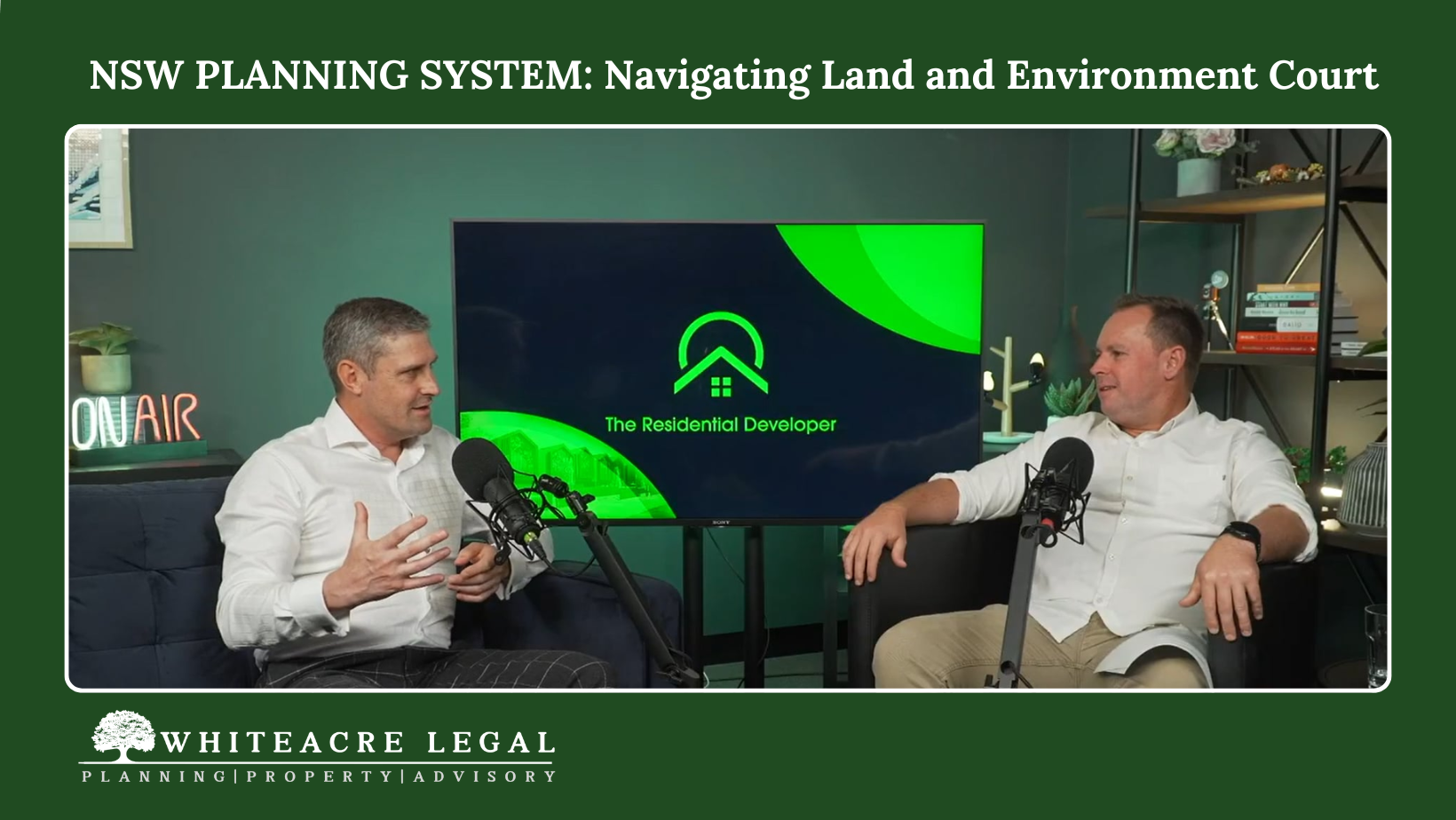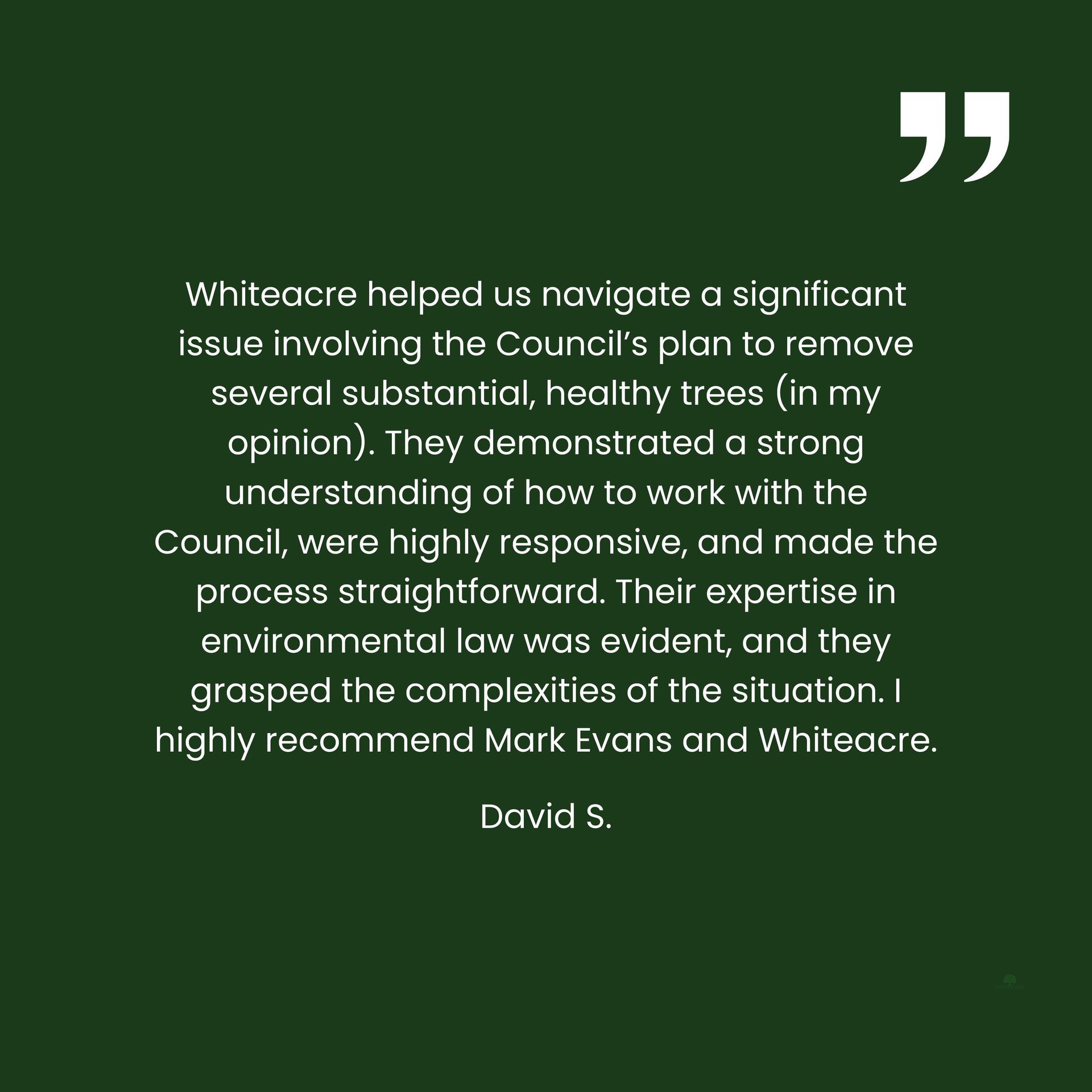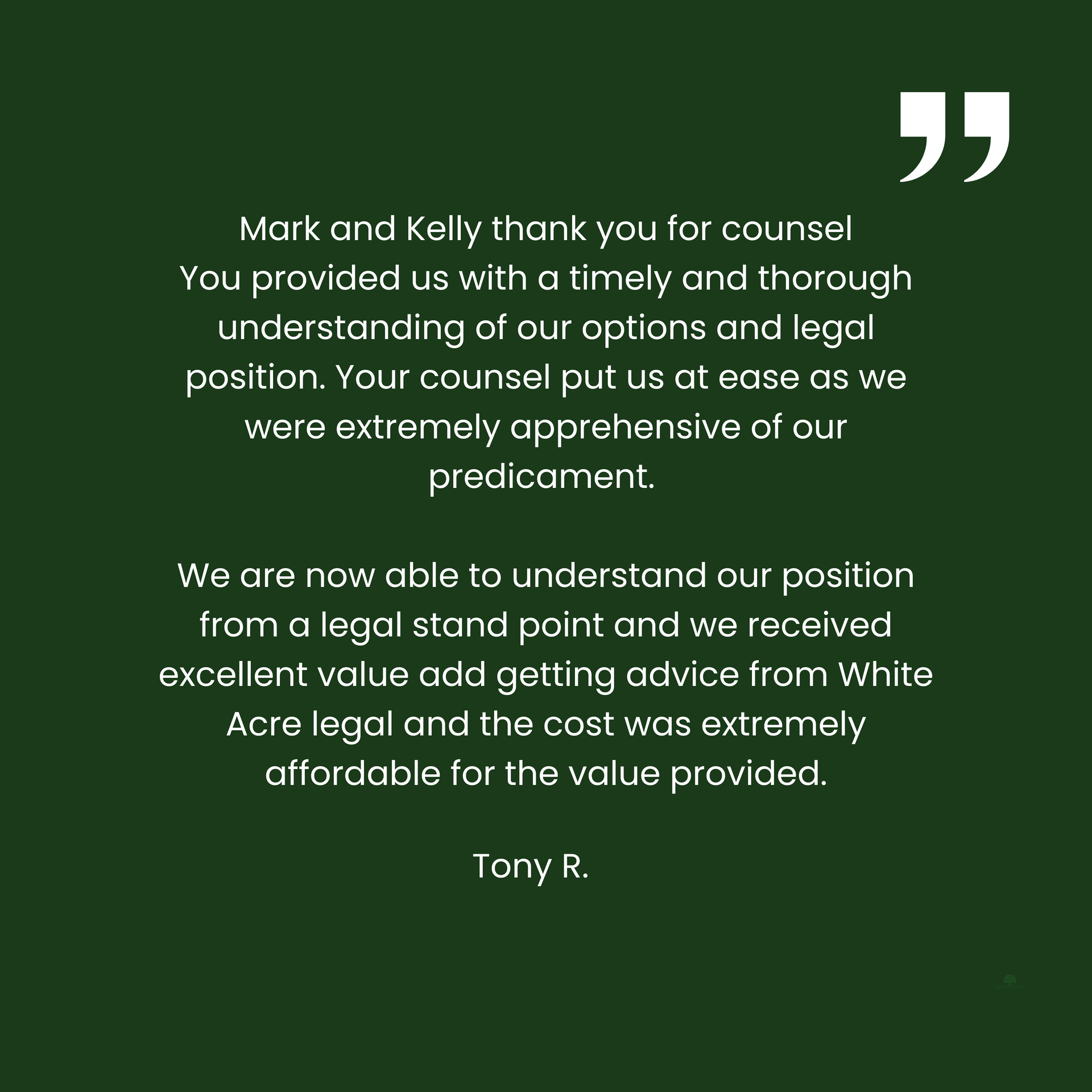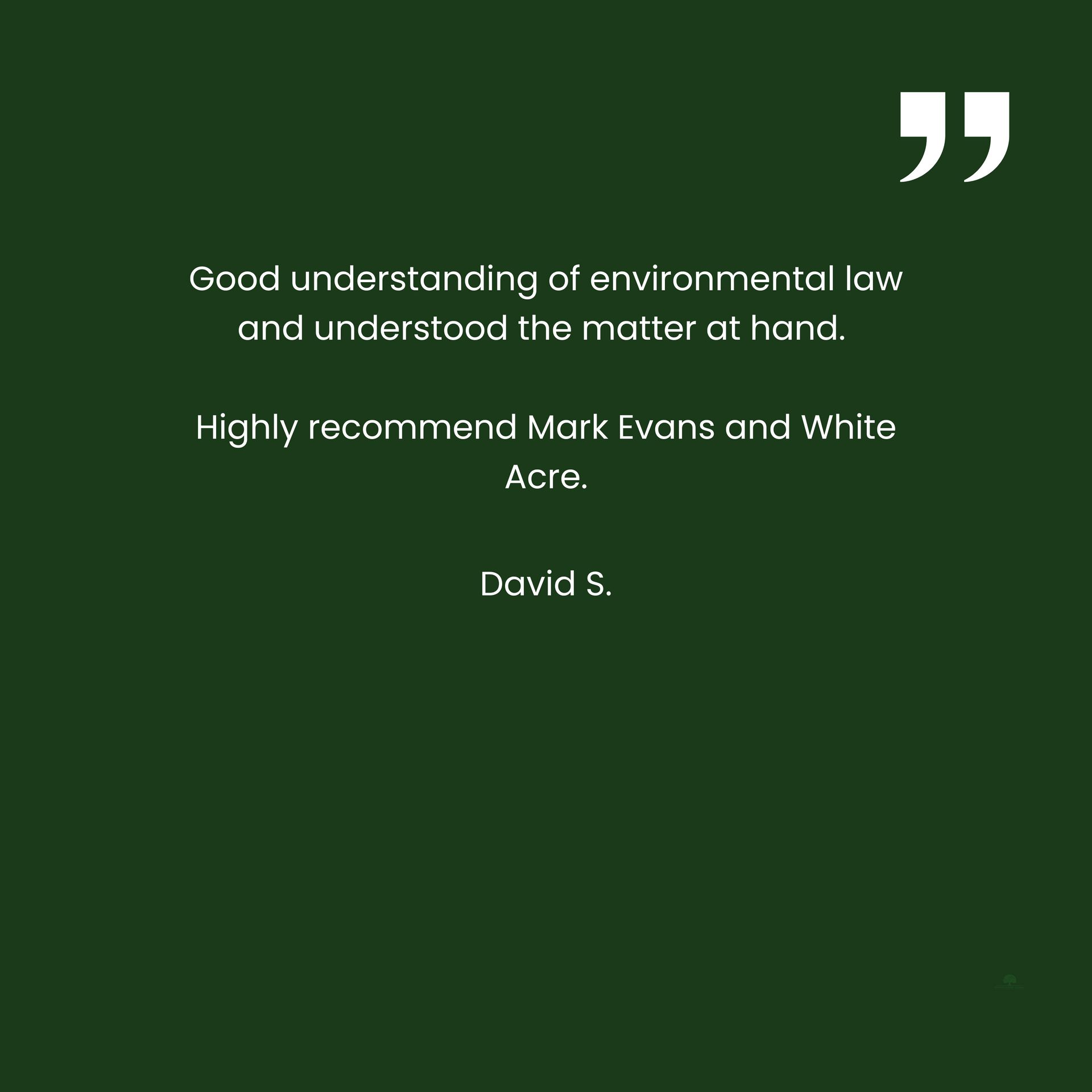Existing Use Rights – Part One
This article explores existing use rights – what they are and how they are characterised. Part two of this article explores issues like enlargement and expansion of existing use rights and abandonment and can be found here
What are existing use rights?
Existing use rights are the right to continue using land in a way that it is currently lawfully being used:
Existing use right provisions in town planning legislation permit the continuation of the lawful use of land for any purpose for which it was being used immediately before the passing of legislation that may restrict or prohibit that use: Royal Agricultural Society of NSW v Sydney City Council (1987) 61 LGRA 305 McHugh JA (with whom Samuels JA and Hope JA agreed) at p 309.
Two things to note from the above definition.
First, existing use rights are derived from planning legislation, not the common law.
Second, existing use rights must have a lawful origin. Existing use rights permit the continuation of a use of land that was lawful to begin with.
An example of an existing use is the operation of a gravel quarry on rural farm land. Historically, consent may not have been required to operate the quarry, or the farmer may have obtained development consent to do so. Planning legislation introduced over time may now prohibit the operation of the quarry. In those circumstances, the operation of the quarry would likely be an existing use of the land and the farmer may continue operating the quarry.
Why do existing use rights exist?
The law on existing use rights seeks to strike a balance between on the one hand, the rights of landowners whose uses of their land are affected (usually adversely) by changes to planning legislation and on the other hand, the expectations of the public that planning changes introduced through new environmental planning instruments will be implemented. In North Sydney Municipal Council v Boyts Radio & Electrical Pty Ltd (1989) 67 LGRA 344 at [345] Kirby P described this as a conflict between private and social rights and a transitional arrangement to cushion the impact on private landowners of changes to planning laws:
“A conflict between private and social rights:
Behind the competing legal arguments of the parties in this appeal lies a conflict between private and social rights. A wide definition of, and generous approach to, existing use rights tends towards the protection of private interests in land where these conflict with the social interests represented by the generally applicable planning law. A stringent approach to the proof of abandonment of an existing use right tends to favour private over social claims to the use of land. Identifying and defining existing use rights with specificity and precision tends to uphold the social interest represented by planning law and to confine derogations from that interest to a narrow class of case. The readier acceptance of abandonment of existing use rights conduces to the absorption of land, which exceptionally departs from the requirements of general planning law, into the code which otherwise generally applies. Seen in this way, existing use rights are a transitional derogation designed, for a time only, to cushion the impact of new general planning laws upon private owners with established use of their land which has continued without abandonment.”
Types of existing use rights
Up to now we have been using the term “existing use rights”. While that phrase is commonly used, there are actually three distinct species of existing use rights, set out below.
(1) Existing Use (without consent) – the land use was commenced lawfully (but without development consent) prior to planning legislation being introduced which prohibits the land use.
(2) Existing Use (with consent) – the land use was commenced lawfully (with development consent) prior to planning legislation being introduced which prohibits the land use.
(3) Other lawful use - the land use was commenced lawfully (but without development consent) before planning legislation was introduced that imposes a requirement for development consent for the land use.
The law relating to each type of existing use rights above is not uniform.
Planning legislation
Existing use rights are prescribed in the Environmental Planning and Assessment Act 1979 (NSW) (EPA Act).
Existing uses
Under the EPA Act, the first and second types are described as “existing uses” and share a common theme that the use commenced at a time when it was allowed (either with consent or without consent) but is now prohibited.
“Existing Use” is defined in s 4.65 of the EPA Act as:
In this Division, existing use means—
(a) the use of a building, work or land for a lawful purpose immediately before the coming into force of an environmental planning instrument which would, but for this Division, have the effect of prohibiting that use, and
(b) the use of a building, work or land—
(i) for which development consent was granted before the commencement of a provision of an environmental planning instrument having the effect of prohibiting the use, and
(ii) that has been carried out, within one year after the date on which that provision commenced, in accordance with the terms of the consent and to such an extent as to ensure (apart from that provision) that the development consent would not lapse.
Other lawful uses
The third type can be described as “other lawful uses”. Other lawful uses include circumstances where the use of a building, work or land commenced lawfully, but later planning legislation was introduced imposing a requirement for development consent for the use.
We will examine existing uses and other lawful uses in turn below.
Protection of Existing Use Rights
Existing use rights, (types (1) and (2) above) occur where development was commenced lawfully (either with or without development consent) prior to planning legislation being introduced which prohibits the development.
Section 4.66 of the EPA Act states that nothing in the EPA Act or an environmental planning instrument (EPI) “prevents the continuance of an existing use”.
Section 4.70 also protects existing uses that have the benefit of a development consent. Section 4.70 says that nothing in an EPI prohibits or requires a further development consent to authorise the existing use where that use benefits from a valid development consent.
The third type (other lawful use) is development that was commenced lawfully at the time (but without development consent) before planning legislation was introduced that imposed a requirement for development consent.
Section 4.68 of the EPA Act applies to “other lawful uses”. It states that nothing in an EPI requires development consent to be obtained for the continuance of a use of a building, work or land for a lawful purpose, nor can it prohibit the continuance of that use.
Continuing the example of the gravel quarry above, operation of the quarry may have commenced lawfully at a time when development consent was not required. Years later, the local council introduced a local environmental plan which required development consent to operate quarries on rural land. Under those circumstances, operation of the quarry may be an “other lawful use”. Under section 4.68 the operation of the quarry would not require development consent to continue to operate.
Characterisation of existing uses
Existing uses and other lawful uses are protected under the EPA Act. But, questions often arise regarding the nature of the existing use- that is, how ought it to be characterised? Other issues can also arise regarding (i) the scope and extent of the use and (ii) whether the use can be enlarged or intensified.
The onus of establishing these matters falls on the person asserting the existing use rights: Auburn Council v Nehme [1999] NSWCA 383; Wollongong City Council v Ensile Pty Ltd (No 4) (2008) 71 NSWLR 563; [2008] NSWLEC 149 at [20]-[26]; Liverpool City Council v Maller Holdings PtyLtd (2013) 211 LGERA 360; [2013] NSWLEC 154 at [68].
Let’s start with characterisation of the existing use. Characterisation of use of land is a complex topic and something we explore in detail in our article on characterisation of use which you can access here.
In short, the principles relevant to characterisation of use were explored in Chamwell Pty Limited v Strathfield Council [2007] NSWLEC 114 (Chamwell) and Shire of Perth v O'Keefe [1964] HCA 37.
Chamwell is authority for the proposition that the use of land must be for a purpose. The use of land involves physical acts by which the land is made to serve some purpose. For example, the physical acts on the land might be the construction of a house and landscaping but the purpose is the use of the land for residential purposes. That is the ordinary occupation of the house as a domicile.
Another helpful way to explain characterisation is through an example. By way of example, (from Chamwell) the use of part of the land within a shopping centre might be for carparking. But that does not make the use of the land “carparking”. The carpark forms part of the overall purpose which is the operation of a shopping centre, not a carpark.
Scope of existing uses
A key consideration in determining the scope and extent of an existing use arises from the words “actually physically and lawfully used” in s 4.66(2)(b) of the EPA Act:
“Nothing…authorises (b) any increase in the area of the use made of a building, work or land from the area actually physically and lawfully used immediately before the coming into operation of the instrument”.
It follows that the extent of the area subject to the existing use and other lawful use rights that is afforded protection under the EPA Act is limited to areas that have been actually physically and lawfully used: Palm Beach Protection Group Incorporated v Northern Beaches Council [2020] NSWLEC 156 (Palm Beach) at [185]; Hunter Industrial Rental Equipment Pty Ltd v Dungog Shire Council (2019) 241 LGERA 321 (Hunter Industrial).
Considering this provision in the context of a limestone mine west of Kempsey, Mahoney JA in Vaughan-Taylor v David Mitchell-Melcann Pty Ltd and Minister for Minerals and Energy (1991) 73 LGRA 366 (Vaughan-Taylor) stated, at [370]:
… Certain things may be said about the operation of the paragraph. First, it refers to the "area" of use. In my opinion, it does not prevent the company in the present case digging a mine or quarry which is deeper than existed before the relevant date. The paragraph is directed to the lateral area of the land used: it does not, in such a case as the present restrict the cubic content of what is done. In stating the matter in this way, I am conscious that it may be necessary, in a particular case, to examine the impact of the paragraph upon, for example, the use of a building. I do not mean by what I have said that, for example, an existing use of an area on one floor would authorise the expansion into a number of upper floors or generally on the same floor. The impact of the paragraph in such a case will require consideration according to the particular circumstances.
Applying Vaughan-Taylor the phrase “actually physically and lawfully used” refers to the lateral area of the land, not necessarily its depth. But, this principle cannot be taken too far. Each case may have unique circumstances and will be determined by matter of fact and degree.
Applying this to our example of the quarry on rural land, the operation of the quarry in its present state does not require developments consent, and indeed the farmer could continue to extract gravel, up to a paint. The area of the gravel quarry is not unbounded.
Extending the operation by installing a road and truck wash bay and maintenance shed would likely require consent. Likewise, extending the area of the quarry and clearing vegetation to do so may not be considered within the scope of the original quarry.
In a similar vein because of the inclusion of development pursuant to a development consent (subsequently prohibited by an EPI) as a species of existing use, it was necessary to protect the full implementation of development authorised by the development consent but as yet incomplete from the limitations in s 4.66 of the EPA Act.
For example, if development consent was granted to a quarry and an EPI was subsequently made prohibiting development for the purpose of extractive industry when the quarry had only extracted part of the land authorised by the consent, s 4.70 operates to enable the holder of the consent to fully implement the consent and extract all areas approved under that consent without s 4.66(2) operating to limit the consent only to areas used and buildings/works actually built at the date of prohibition coming into force and, in effect, revoking part of that development consent.
Ultimately, determining the scope and extent of the existing use can be a difficult exercise, requiring a detailed analysis of the history of uses carried out on the land against the applicable planning controls and any relevant development consents that may have been operative. It will often involve the examination of historical records including business records and evidence establishing how the land was being used at particular times.
This will often require a determination, on the evidence, of the extent to which the area in question was actually lawfully used prior to the date it was prohibited.
Abandonment of existing uses
Existing use rights and other lawful use rights can be abandoned.
In Cracknell & Lonergan Architects Pty Ltd v Leichhardt Municipal Council [2012] NSWLEC 194, Craig J (at [44] held that abandonment can occur through actions of the landowner or through the statutory presumption in sections 4.66 and 4.68 of the EPA Act:
“Abandonment of an existing use may be established in either one of two ways. First, it may emerge from the statements or actions of the owner of the land upon which the existing use is being conducted, manifesting an intention no longer to continue the use of the land for its present purpose (Hudak v Waverley Municipal Council (1990) 18 NSWLR 709 per Hope JA at 716-717). Secondly, abandonment may occur … from the presumption of cessation of actual use for a period of 12 months, coupled with the absence of any evidence to rebut that presumption.”
Sections 4.66 and 4.68 of the EPA Act impose a presumption that an existing use or other lawful use is abandoned, unless the contrary is established, if they cease to be actually used for a continuous period of 12 months.
Because this is a statutory presumption, it is capable of being rebutted, but the onus of proof falls on the person claiming a use has not been abandoned if it has ceased for 12 months.
The fact that the landowner lodges a DA for another use, or to change the use, does not establish an intention to abandon existing use rights because the owner could revert to utilising the existing use rights: Woollahra Municipal Council v TAJJ Investments Pty Ltd (1982) 49 LGRA 123.
Uses unlawfully commenced
Finally, existing use and other lawful use rights must have a lawful origin.
Section 4.69 of the EPA Act provides that a use which has unlawfully commenced is not made lawful by any subsequent event except:
(a) the making of an EPI which permits the use without consent; or
(b) the granting of a development consent for that use.
For an existing use to receive protection, it must have been lawful at the relevant date in that if development consent was required, such a development consent had been obtained: Steedman v Baulkham Hills Shire Council (No 2) (1993) 31 NSWLR 562.
Whilst seemingly simple, the topic of existing use rights is complex. The complexity increases when considering the ability to change the existing use or expand or intensify the existing use. Landowners are well advised to seek competent and professional planning law advice to understand whether they may benefit from existing use rights or how they might expand or intensify those rights. Part Two of this article explores issues like enlargement and expansion of existing use rights and abandonment and can be found here.
Disclaimer
The contents of this article are a general guide and intended for educational purposes only. Determination of the types of issues discussed in this article is complex and often varies from case to case and involves an understanding of matters of fact and degree. Opinions on those matters can vary and be matters on which reasonable minds may differ.
DO NOT RELY ON THIS ARTICLE AS A SUBSTITUTE FOR COMPETENT LEGAL ADVICE.
Please do not hesitate to call us on (02) 9145 0900 or make an enquiry below.
Browse by categories

Servicing all of NSW, Whiteacre provides expert property law and planning and environment law advice and assistance.
✓ Planning Law Advice
✓ Land and Environment Court Appeals
✓ Voluntary Planning Agreements and Contributions
✓ Development Control Orders and Enforcement
✓ Property Development Advice and Due Diligence
✓ Title Structuring
✓ Easements and Covenants
✓
Strata and Community Title legislation
Book an initial consultation through our website with our planning law solicitor. Whether it's about planning and environment law or property law, you can approach us and discuss your matter to make sure we are a good fit for your requirements.



